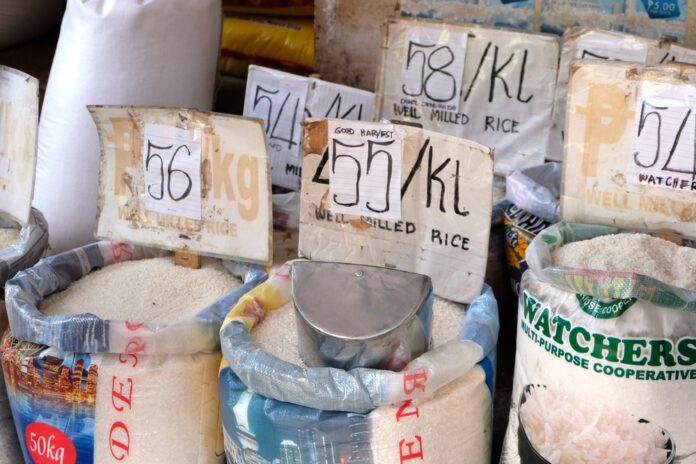Headline inflation getting away from the central bank’s 2 percent to 4 percent target range this year heightens the likelihood of a change in the monetary policy structure in the Philippines, the analytics unit of the sovereign credit watcher Moody’s Investors Service said on Monday.
Moody’s Analytics, at its October 6 issue of the highlights and preview of macroeconomic events, noted that inflation in September pushed past the consensus forecast and hit the upper limit of the range of 6.1 percent instead.
“Soaring high rice prices and higher electricity prices drove the increase. As inflation gets further away from the Bangko Sentral ng Pilipinas’ target range of 2 percent to 4 percent by the end of the year, the prospect of a rate hike increases,” its analysts said.
This develops as countries under the International Monetary Fund/World Bank Group meet in Marrakech in Morocco towards the weekend to tackle issues like threats to continued global growth and development and exploring solutions helping shield the vulnerable from the rising cost of financing across emerging market economies like the Philippines and the developing nations as well.
Analysts inside and outside of the IMF/World BankGroup have since pointed out that so-called higher-for-longer interest rates such as that hanging over the Philippines impact the lives not just of big business and corporations but more importantly that of households as well.
The Bangko Sentral ng Pilipinas (BSP) has acknowledged the latest data suggest that inflation, or the rate of change in prices, will likely remain elevated in the months forward due to the impact of supply shocks on food prices and the rise in the price of imported oil.
Analysts were of the consensus that inflation at the last survey of prices by the Philippine Statistical Office in September should average only 5.3 percent but were proven massively wrong when the rate stood at its highest since May this year instead, at 6.1 percent.
The acceleration in prices were traced mainly to food and non-alcoholic beverages which rose to 9.7 percent in September from only 8.1 percent in August and to sharply higher rice prices to 17.9 percent from only 8.7 percent.
“The BSP stands ready to resume monetary policy tightening to prevent price pressures from broadening and to arrest the emergence of additional knock-on effects in view of persistent upside risks to the inflation outlook,” the BSP had said.







